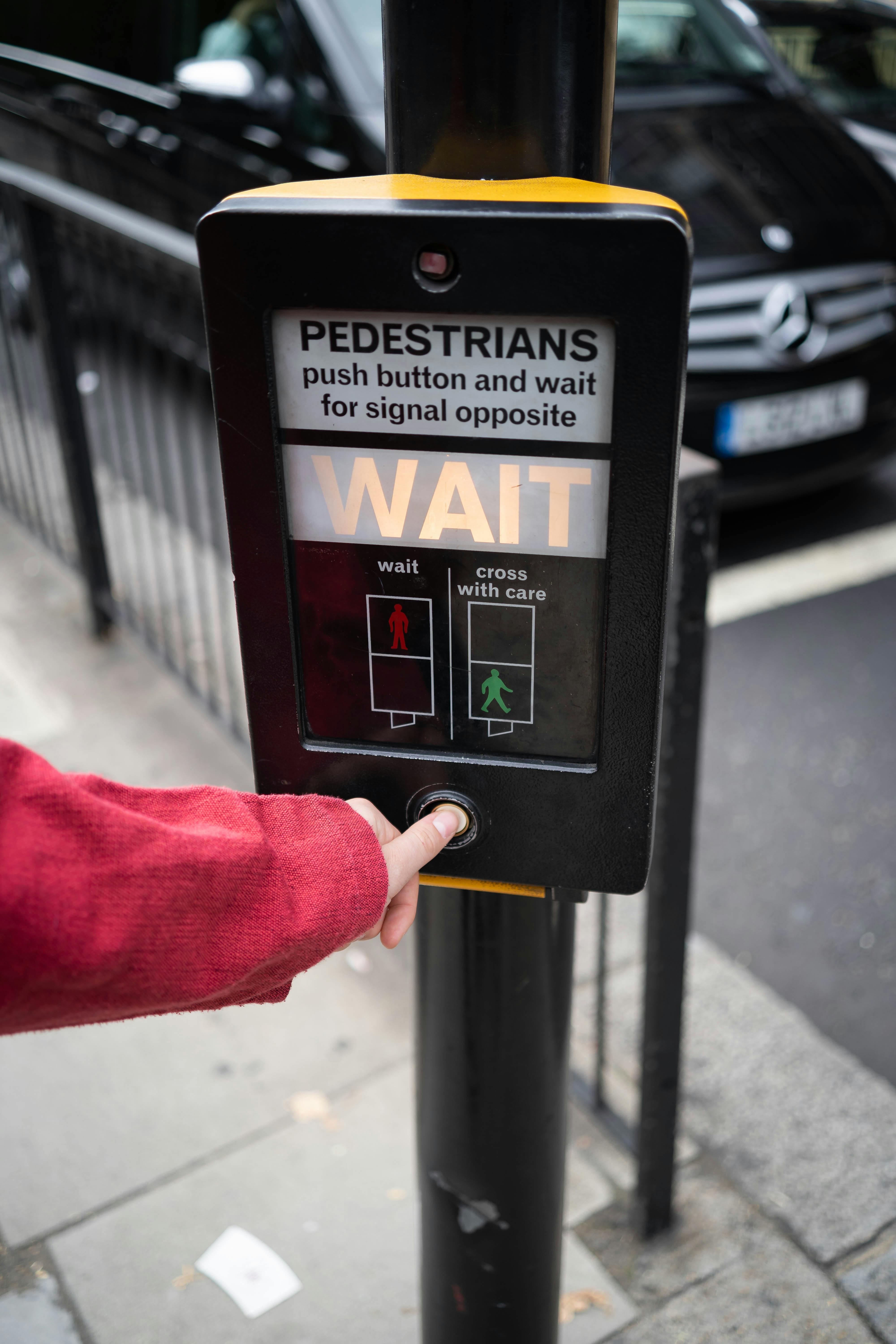BY: Savanna Pruitt
COVID-19 continues to impact the lives of Americans nationwide, and college students are no exception. The pandemic’s effect on enrollment rates and the college experience as a whole is unprecedented.
Enrollment and Graduation Rates
According to a report from the National Student Clearinghouse Research Center, overall undergraduate enrollment is down an average 4.4 percent as of November 2020.
While national high school graduation rates stayed relatively the same for the 2019-2020 school year, the number of high school graduates who enrolled in college for the Fall 2020 semester dropped by 21.7 percent from 2019. The same report found “the upward trend in the total number of undergraduate credential earners has stalled in 2020, remaining at 3.7 million due to a decline in first-time graduates.”
When it comes to two-year universities and community colleges, the numbers are looking just as grim. According to the National Student Clearinghouse Research Center, “First-time associate degree earners are now at the lowest level since 2012-2013.”
On the other hand, strictly online colleges are currently seeing a 7 percent increase in enrollment. This comes as no surprise, as remote and virtual learning are becoming increasingly popular options.
Low-Income Impact
The National Student Clearinghouse recently found that, as a direct result of COVID-19, “public college enrollment among graduates of low-income high schools declined at disproportionately higher rates.” According to recent US Census data, “Students from households making less than $75,000 per year were almost twice as likely to forego college this year as those making more.”
There are a number of factors that play into the declining enrollment numbers. Low-income students often rely on working at least one job to pay their way through college. We’ve seen thousands and thousands of Americans lose their jobs due to COVID-19, and many low-income students are among those thousands. Ultimately, they simply cannot afford to attend college and support themselves.
Though many colleges in the United States are now offering face-to-face classes, there are still hundreds of classes that are only offered online. This means that even if a low-income student is somehow able to cover their college tuition, they still must find a way to purchase or access the technology and equipment needed to engage in virtual learning. Even students already living in households with the required devices may still face the struggles of sharing devices and internet speed bandwidth.
On top of the need to pay for tuition and access virtual learning, many low-income students have no choice but to live in situations that aren’t conducive to learning. Multi-family households, homes filled with younger siblings and other family members, and even apartments shared with multiple roommates often prevent students from attending virtual classes and studying in quiet, organized spaces.
Long-Term Effects
A poll conducted by New America and Third Way found that nearly one-third of college students feel they will need more time to complete college because of COVID-19. If their predictions are correct, we can expect to see a ripple effect in college graduation rates in the coming years. That effect will likely be even more apparent in graduate school enrollment and graduation rates.
On top of a possible continued decrease in college graduation rates, we can likely expect to see the job market take a serious hit in the coming months and years. Due to the current standards of social distancing and remote working, students aren’t as readily able to network or find internships in their desired career fields. This lack of networking and chances to gain working experience will no doubt harm the job prospects of new college graduates.
Additionally, many students are starting to question their chances at success in their desired careers altogether. According to a CNBC report:
“The unemployment rate for young people (16-24) is currently 11.5%, nearly double the overall unemployment rate of 6.7%, according to the Labor Department. This chain of events has led Gen Z college students to consider whether their majors will give them the opportunity to find a job in a post-pandemic world, or whether they should change their perspectives on what a “dream job” would be after graduation.”
It’s too soon to tell exactly how COVID-19’s effect on college students in America will play out in the long-term, though we can expect to see continued changes in higher education and in the job market. The next several years will surely show the sustained impact of a decrease in college enrollment rates and the disparity between low-income and middle- to high-income students.
SOURCES:
- https://www.studentclearinghouse.org/nscblog/high-school-class-of-2020-college-enrollments-decline-22-compared-to-2019-class/
- https://nscresearchcenter.org/current-term-enrollment-estimates/
- https://nscresearchcenter.org/undergraduate-degree-earners/
- https://www.studentclearinghouse.org/nscblog/covid-19-impact-first-time-associate-degree-earners-decline-to-lowest-level-since-2012-13/
- https://thirdway.imgix.net/New-Polling-from-New-America-and-Third-Way-on-COVID-19s-on-Current-and-Future-College-Students.pdf
- https://www.cnbc.com/2021/01/03/covid-is-making-college-students-rethink-their-dream-job-.html




